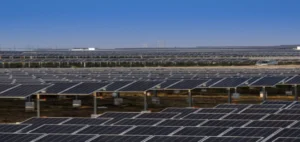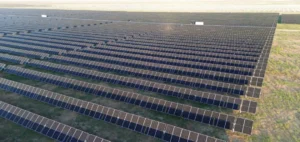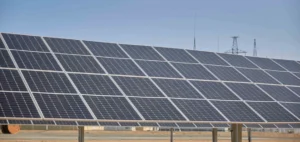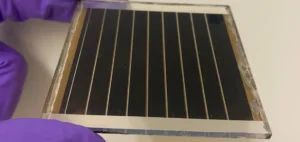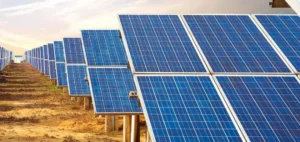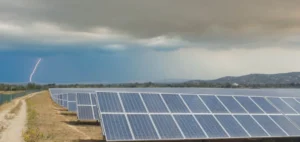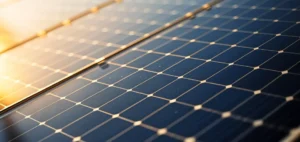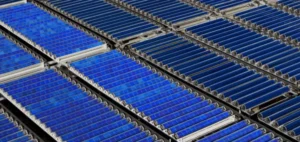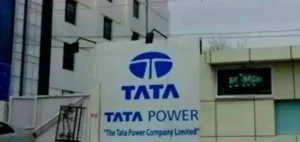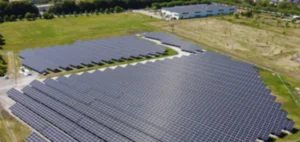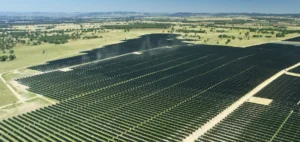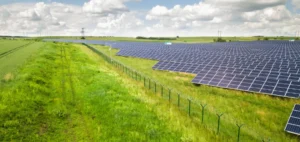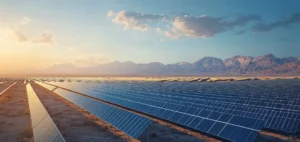Canadian Solar Inc. has announced the launch of its new generation of so-called “Low Carbon” solar modules designed for utility-scale installations as well as commercial and industrial projects. These modules feature a carbon footprint of just 285 kg CO₂eq per kilowatt-peak, placing this range among the highest-performing in the energy sector.
The Canadian-based manufacturer, known for producing photovoltaic modules, claims to have reached this milestone through in-house technological advances in ingot design, wafer manufacturing and heterojunction (HJT) cell production. Total energy consumption throughout production has been reduced by up to 10.7% compared to conventional N-type modules, thus shortening the carbon payback time by approximately 11%.
Optimised technologies to reduce emissions
Among the technical innovations introduced, Canadian Solar highlights an increased ingot utilisation rate, leading to a 9.7% reduction in emissions at this stage. The use of thinner wafers—110 μm compared to 130–135 μm for TOPCon or Back Contact (BC) modules—allows silicon savings that translate into a reduction of 14 to 19 kg CO₂ per kilowatt-peak produced.
The optimised HJT cell production process is another key factor: it involves just four steps, compared to an average of ten for competing cells, while operating at temperatures below 230 °C—far lower than the typical 960–1050 °C. This streamlined process is said to reduce energy consumption by 4.2% to 5.7%.
Compatibility and enhanced performance
The Low Carbon modules achieve output power of up to 660 Wp, with a maximum efficiency of 24.4%. They are fully compatible with Canadian Solar’s inverter portfolio, including the 350 kW utility range designed to handle input currents of up to 40 A. This level of compatibility is aimed at ensuring optimal performance even in ambient temperatures reaching 45 °C.
Commercial deliveries of these modules began in August, and the range will be showcased at RE+ 2025 in Las Vegas. This development comes amid growing focus on energy efficiency in the global solar market, where reducing manufacturing energy costs has become a central competitive factor.



